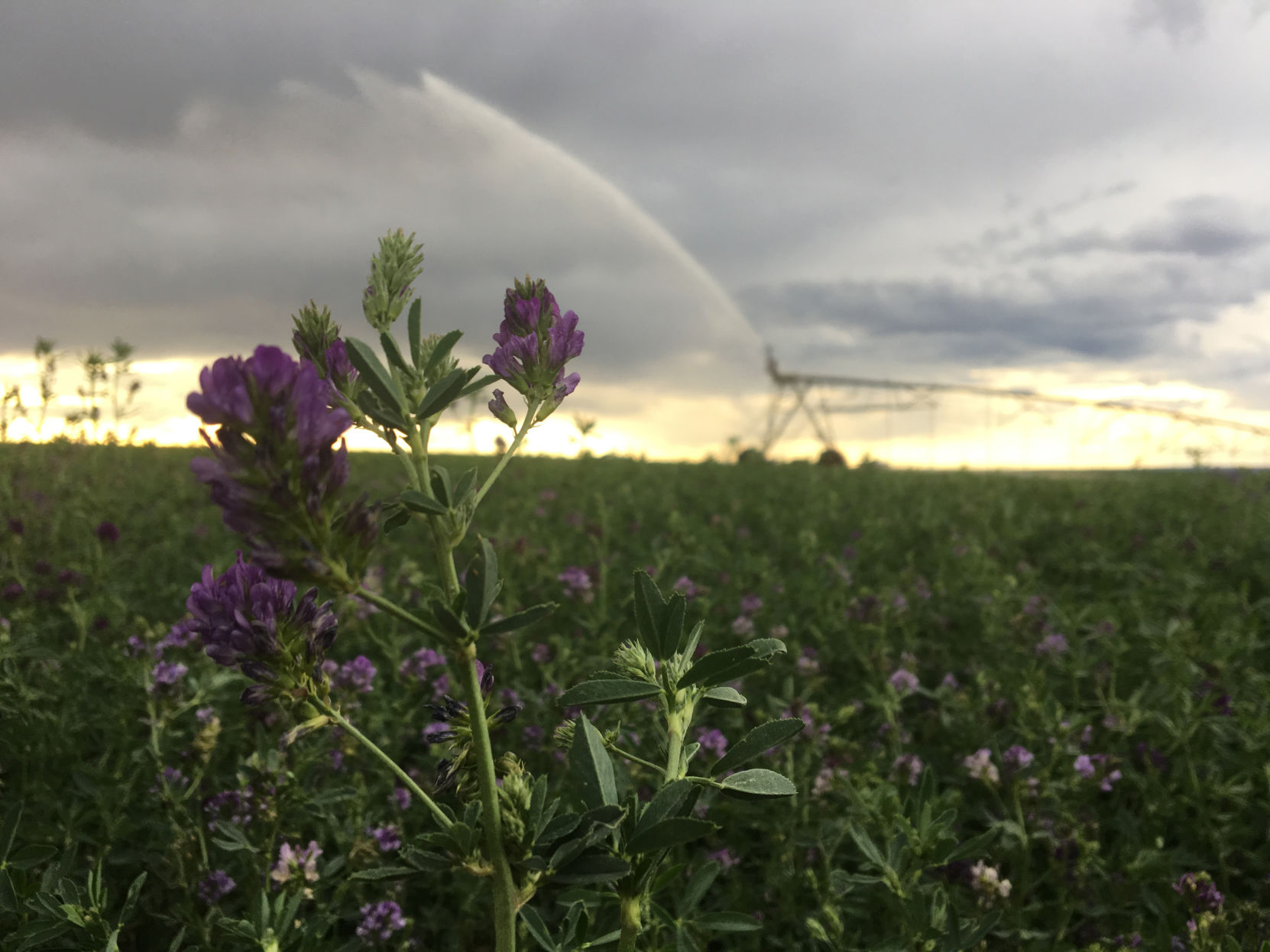Is the end in sight for the agricultural insecticide chlorpyrifos? On April 29, 2021, a three-judge panel at the 9th Circuit Court of Appeals ordered the Environmental Protection Agency within 60 days to either ban chlorpyrifos completely, or to fix safe tolerances for it in food residues.
The 9th Circuit’s ruling came in response to a petition from environmental groups dating from 2007. One dissenting judge said the order amounted to a de facto ban, since the EPA has already found no safe levels within foods.
If this is indeed the end, it’s the end of an artificially extended lifespan. An outright ban has been sought for years by environmental groups but was complicated by debates both within and outside the EPA over what types of scientific studies and evidence to consider in assessing the risks of chlorpyrifos. Unlike glyphosate, chlorpyrifos has not been branded a carcinogen by the World Health Organization or any other agency. The WHO is conducting its own assessment of its risks.
On the basis of some studies showing potential neurological damage to infants, the Obama administration was set to ban chlorpyrifos in 2015, but that decision was reversed in 2017 by Scott Pruitt, President Donald Trump’s choice to head the EPA. Chlorpyrifos was given a renewed registration lasting until 2022. The EPA is due to publish a final risk assessment by Oct. 1, 2022.
One of a class of chemicals called organophosphates developed originally for nerve gas warfare, chlorpyrifos was re-purposed as an ag pesticide by Dow Chemical in 1965. It was effective because it targeted the nervous systems of numerous insect classes. It remains an ingredient in hundreds of ag pesticide branded formulations; brand names include Lorsban, Vulcan, Stallion, Cobalt and Lock-On. These have been used for decades on corn, soybeans, fruit trees, citrus, cotton, nuts, alfalfa and many other crops. The ingredient remains popular with some farmers because it is a broad-spectrum insecticide, unlike others that more narrowly target specific pests.
In 2006, the EPA said that about 10 million pounds were applied annually in agricultural settings, with corn using about half that total amount. The U.S. Department of Agriculture estimated in 2018 that more than a million pounds each year was used on corn and soybeans alone. A 2017 Harvard University ag policy blog called it “the most widely used pesticide,” and said it was used on golf courses as well as crops and often found in residues on bell peppers, hot peppers, cilantro, peaches, snap peas and nectarines.
Opponents have claimed for decades that it is linked to neurological injuries and deficits in human beings, especially among children and infants. Under repeated legal and regulatory challenges, its market has been shrinking for decades. In 1996, a U.S. law designed to protect children from exposure restricted its use.
The EPA banned its use in residences in 2000. It is currently the target of several lawsuits and court decisions. Several states have already passed laws prohibiting its sale or use, including the important ag states of New York, California and Hawaii. The European Union also banned it in 2020.
In 2019 Alfalfa and Forage News, the newsletter of the University of California Cooperative Extension program, reported, “The end is near for chlorpyrifos (Lorsban) applications in many California crops, now on a faster timetable than previously anticipated,” due to an agreement between the California Department of Pesticide Regulation and pesticide makers to withdraw their chlorpyrifos products from the California market by February 2020.
According to Corteva, its largest producer, organophosphates represented 40% of the total global pesticide market in 1997. Today it is 5% and falling. Seeing the writing on the wall, Corteva announced in February 2020 that it would phase out production of Lorsban before the end of the year.
Several smaller manufacturers still make chlorpyrifos, including India-based firm Gharda Chemicals Ltd., Israel-based ADAMA Agricultural Solutions Ltd., and Cheminova, based in Denmark but acquired by U.S. chemical manufacturer FMC Corporation in 2015.
But will these smaller producers remain in the market?
According to Chemical & Engineering News, ag producers can find acceptable substitutes that target most, but not all, insect pests. Unfortunately, there is no effective substitute to control alfalfa weevils, according to Alfalfa and Forage News. In California, UC Cooperative Extension advisors and specialists throughout the state are working on developing alternatives to chlorpyrifos in many crops.
Beyond Pesticides, a nonprofit headquartered in Washington, D.C., that promotes alternatives to chemical pesticides, recommends diatomaceous earth dust, boric acid, fatty acid soaps, heat and cold treatments and Bacillus thuringiensis, a soil bacillus that is toxic to insects but otherwise harmless to crops as alternatives to chlorpyrifos. However, those are general recommendations, not modified for particular crops.
David Murray can be reached at [email protected].




